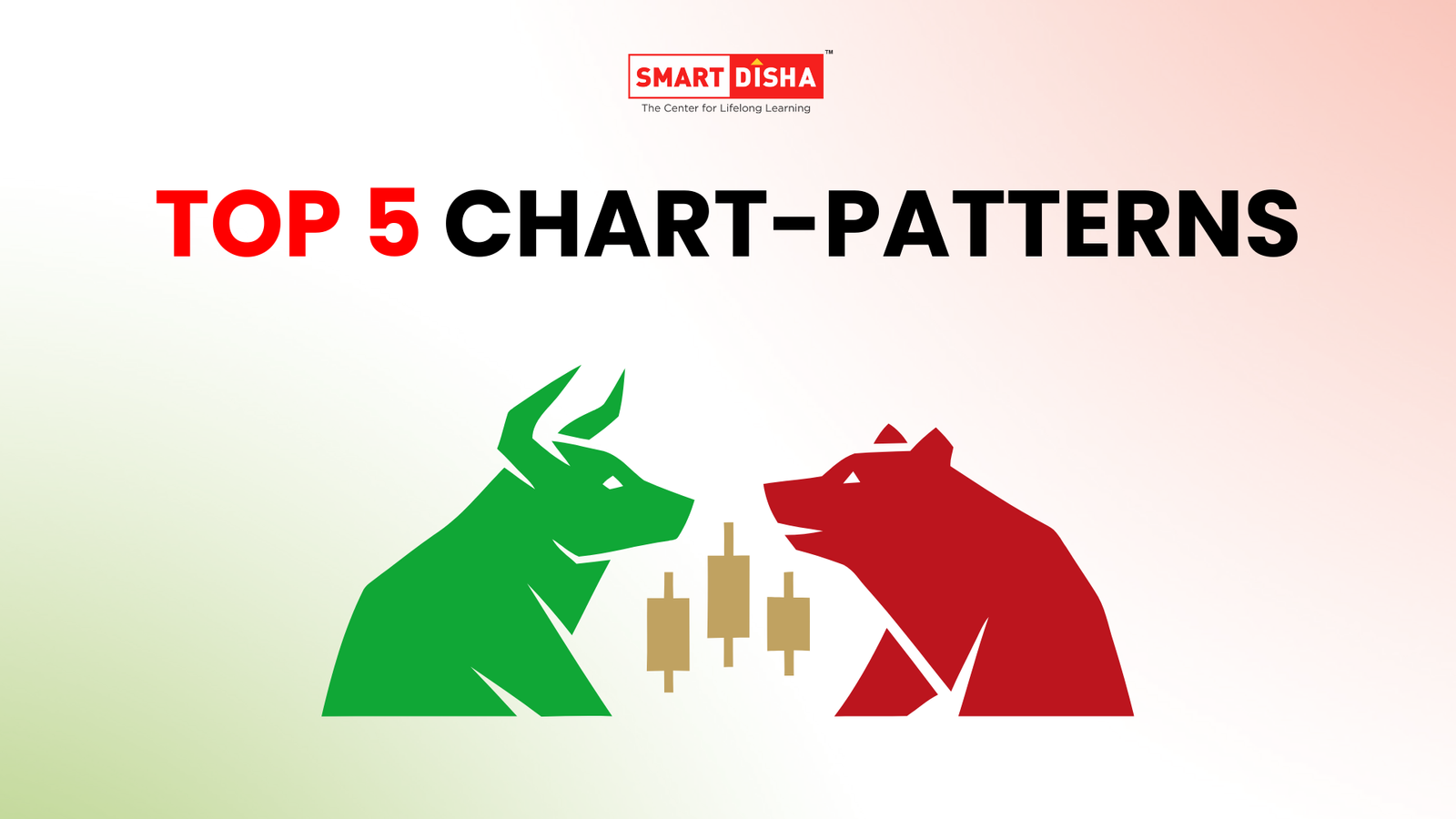Investing in the stock market can feel overwhelming, especially for beginners. With so much data to analyze, how do you know when to buy or sell a stock? This is where technical indicators come in handy. These tools help investors make sense of stock price movements and identify potential trends. Today, we’ll introduce you to three key technical indicators every Indian investor should know: RSI (Relative Strength Index), MACD (Moving Average Convergence Divergence), and Bollinger Bands.
These indicators are commonly used by traders worldwide and work equally well in the Indian stock market. By the end of this guide, you’ll have a better understanding of how these tools can help you make smarter trading decisions.
What Are Technical Indicators?
Technical indicators are calculations based on historical price data, such as stock prices and trading volumes. These indicators help you predict future price movements and understand whether a stock is overbought, oversold, or in a stable trend. Think of them as your personal stock market compass!
In this post, we’ll dive into three of the most popular indicators: RSI, MACD, and Bollinger Bands. These are easy to grasp, even if you’re just getting started with stock trading.
RSI (Relative Strength Index): What You Need to Know
What Is RSI?
The Relative Strength Index (RSI) is a momentum indicator that measures the speed and change of price movements. It oscillates between 0 and 100 and helps investors understand whether a stock is overbought (above 70) or oversold(below 30).
How to Interpret RSI
- Overbought Condition: If the RSI goes above 70, it means the stock may be overvalued and could be due for a pullback or correction.
- Oversold Condition: When the RSI dips below 30, the stock could be undervalued, signalling a potential buying opportunity.
How RSI Is Used in Indian Stock Trading
Let’s say you’re tracking TCS (Tata Consultancy Services). If the RSI shoots above 70, it might indicate that TCS shares are overbought, and you may want to avoid buying at that point. However, if the RSI drops below 30, it could mean that TCS is undervalued and worth considering.
MACD (Moving Average Convergence Divergence): A Must-Know Indicator for Stock Traders
What Is MACD, and How Does It Work?
The Moving Average Convergence Divergence (MACD) is a trend-following indicator that shows the relationship between two moving averages of a stock’s price. It consists of three parts:
- MACD Line: The difference between the 12-day and 26-day Exponential Moving Averages (EMA).
- Signal Line: A 9-day EMA of the MACD line.
- Histogram: The difference between the MACD line and the signal line.
How to Use MACD in Trading Decisions
The MACD is used to identify potential trend reversals and entry or exit points in a stock:
- MACD Crossover: When the MACD line crosses above the signal line, it’s considered a bullish signal (buy).
- Signal Line Crossover: When the MACD line crosses below the signal line, it’s seen as a bearish signal (sell).
Example of MACD in Indian Stocks
Let’s take HDFC Bank as an example. Suppose the MACD line crosses above the signal line—this could indicate a buying opportunity. Conversely, if the MACD line crosses below the signal line, it might be a sign to sell.
Bollinger Bands: Understanding Market Volatility
What Are Bollinger Bands, and How Do They Work?
Bollinger Bands consist of a middle band (usually a 20-day moving average) and two outer bands that measure volatility. The outer bands expand and contract based on market conditions, giving you a visual representation of price volatility.
How to Use Bollinger Bands in Stock Trading
- Price Breakouts: When the stock price moves outside the Bollinger Bands, it could signal a breakout or breakdown.
- Volatility Squeeze: When the bands come close together, it signals low volatility, often followed by a sharp price movement in either direction.
Example from Indian Stock Charts
For instance, if you look at Reliance Industries, when the price touches the lower Bollinger Band, it might indicate that the stock is oversold, presenting a potential buying opportunity. On the other hand, when the price touches the upper band, it could suggest that the stock is overbought, signalling a potential sell.
Combining RSI, MACD, and Bollinger Bands for Better Insights
Each of these indicators provides valuable insights on its own, but when used together, they can help you make even more informed trading decisions. For example, if the RSI shows that a stock is oversold, and at the same time, the MACD signals a bullish crossover, it could be a strong buy signal. Add in Bollinger Bands to assess market volatility, and you have a comprehensive toolkit for making smarter trading moves.
Best Tools for Chart Analysis in India
If you’re ready to start using these indicators, here are some popular platforms in India where you can analyze stocks using RSI, MACD, and Bollinger Bands:
- Sharekhan
- Inesting.com
- TradingView
- Moneycontrol
These platforms allow you to add indicators to stock charts and help you make better-informed trading decisions.
Practical Application: How to Use Technical Indicators in Indian Stock Trading
Let’s say you’re analysing Infosys. The RSI is approaching 30, indicating that the stock may be oversold. At the same time, the MACD shows a bullish crossover, and the stock price is nearing the lower Bollinger Band. All these signals combined could suggest that Infosys is entering a buying zone, and you might consider investing.
Conclusion
Understanding and using technical indicators like RSI, MACD, and Bollinger Bands can significantly improve your stock trading strategy. These tools help you make sense of market trends, identify potential entry and exit points, and manage risk more effectively.
Ready to try out these indicators on your next stock trade? Sign up for Sharekhan or TradingView and start analysing Indian stocks like a pro!
FAQs
What is RSI in stock trading? RSI, or Relative Strength Index, is a momentum indicator that helps you determine if a stock is overbought or oversold.
How does MACD help in stock analysis? MACD is a trend-following indicator that shows the relationship between two moving averages of a stock’s price, helping you identify potential buy or sell signals.
What are Bollinger Bands, and how do they work? Bollinger Bands measure market volatility. The closer the bands are to each other, the lower the volatility; the wider the bands, the higher the volatility.
By combining these indicators, you’ll be better equipped to analyze stock trends, making smarter and more informed investment decisions.




